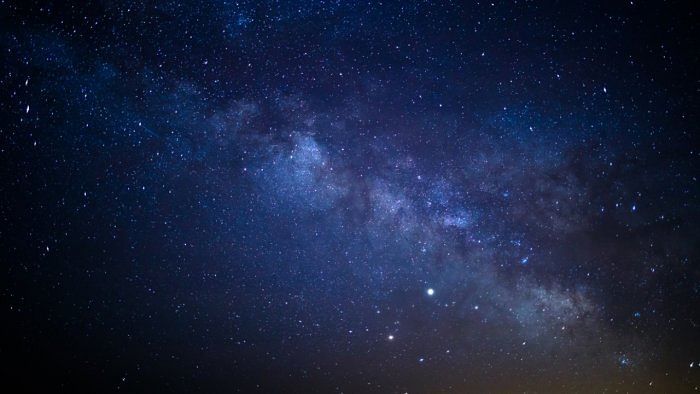
A unique telescope called SuperBIT which is a potential successor to NASA’s Hubble telescope is all set to launch into Earth’s stratosphere suspended by a stadium-sized helium balloon from New Zealand in March 2022.
NASA’s Hubble is known for clicking fascinating images of the space for so many years. Now the Super-pressure Balloon-borne Imaging Telescope (SuperBIT), which will fly into the sky 40 kilometres above the sea level, will provide "insight into the distribution of dark matter in galaxy clusters and universe", according to Department of Physics of University of Toronto's website.
The SuperBIT is developed by a team of scientists from the University of Toronto, Princeton University, and Durham University in England along with NASA and the Canadian Space Agency. The team has used a simple helium balloon to make this telescope which is said to cost $5 million for building and operating it.
The survey analysis of SuperBIT is said to have data similar to NASA's Hubble while complementing upcoming observatories like James Webb Space Telescope (JWST), the Vera C. Rubin Observatory, and the Nancy Grace Roman Space Telescope.
The scientists are labelling SuperBIT as a successor to Hubble. While SuperBIT’s total budget was $5 million, Hubble’s cost of production was $1.5 billion.
“[The James Webb Space Telescope] and almost all future planned missions that are high-resolution imagers are 500 nanometers or redder, which leaves Hubble as the only high-resolution imager that has blue and near-UV sensitivity,” Mohamed Shaaban, an astrophysicist at the University of Toronto and a member of the SuperBIT team said to Gizmodo, adding, “Not only is Hubble having all these tech scares, Hubble is older than I am. It’s an aging tech, it won’t last forever.”
The SuperBIT will have a mirror of 0.5 metres diameter attached to it which will be sent to the atmosphere with a balloon of 532,000 cubic meters volume which is roughly as big as a football stadium. It’ll be able to click images of distant entities like galaxies, planets, and stars.